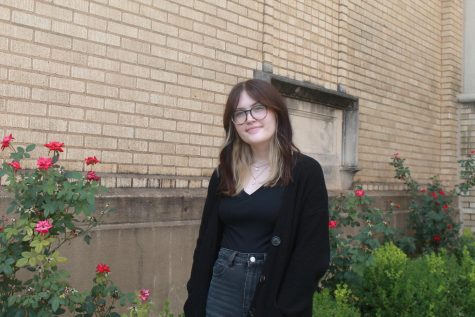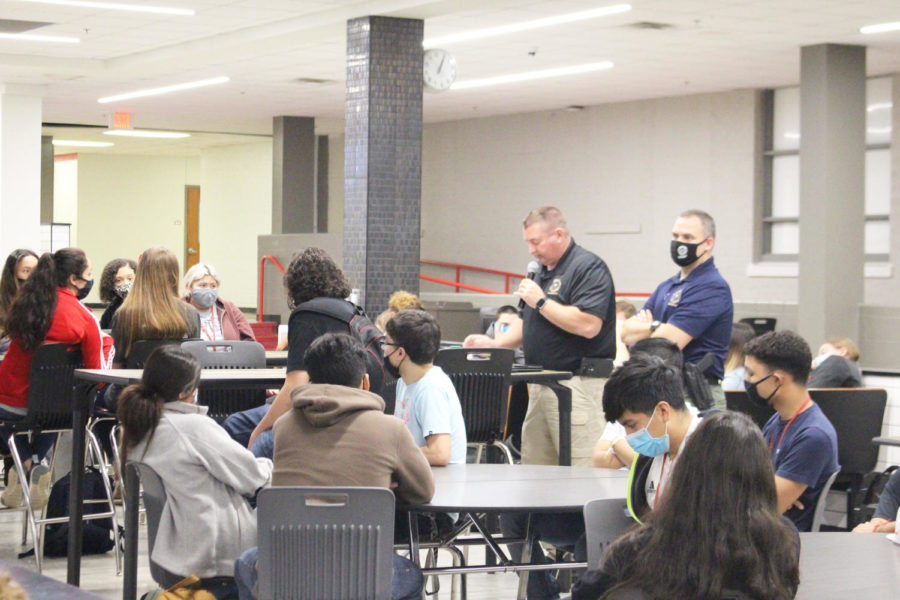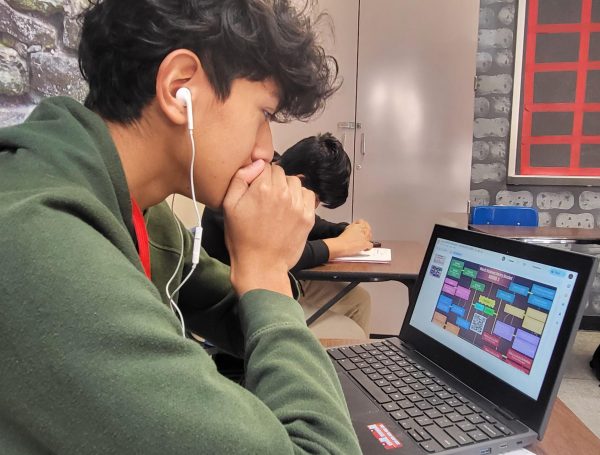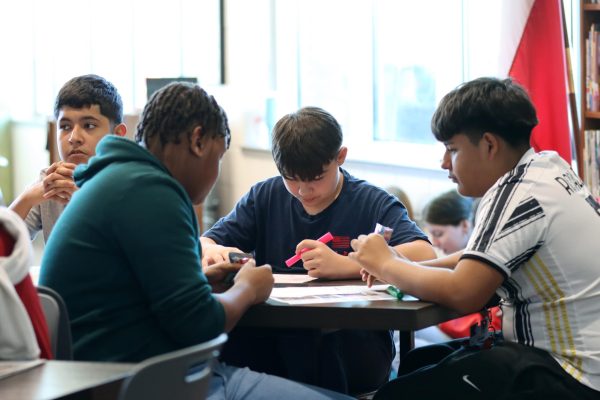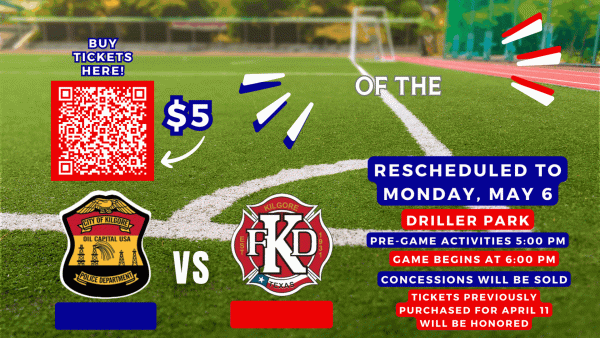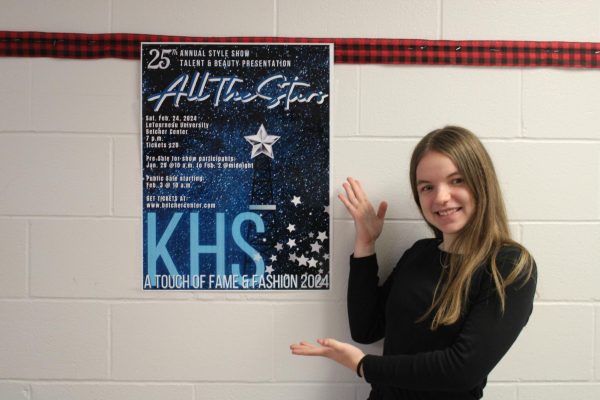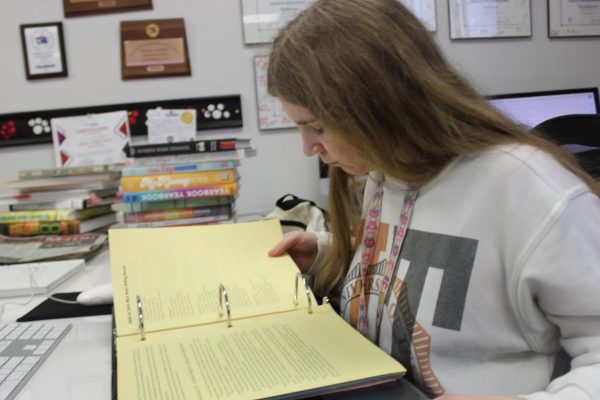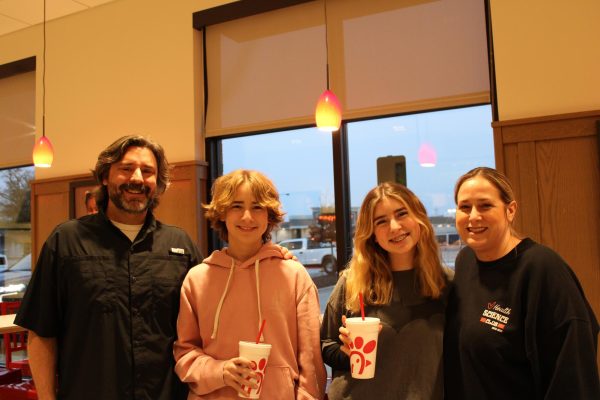Investigator speaks to students about “Lavender Doe” case
Lieutenant Eddie Hope explains to students how he used forensic science to solve the Lavender Doe case.
On Wednesday March 31st Forensic science teachers Coach Wait and Coach Dean brought in guest speaker, Eddie Hope. Hope was involved in solving the famous “Lavender Doe” case twelve years after the incident had happened.
“I am currently a lieutenant with the Sheriff’s Office and I work in HR and recruiting. At the time the case was solved, I was the Lieutenant of the Criminal Investigation Division,” Hope said.
Hope and other investigators worked on this case for many years. All of the initial leads led to dead ends, until they discovered a way to use DNA testing to track down a family member. They found a woman named Robin who they believed to be related to Lavender Doe. They interviewed relatives until they could confirm a name. They were able to prove that Lavender Doe’s real name is Dana Lynn Dodd.
“My typical day as an investigator was to run down any leads on a case, interview the victims and all known suspects,” Hope said. “I was also responsible for filing my cases with the District Attorney’s Office and getting any warrants needed for the case.”
Hope spoke to students about how they used forensic science to solve the case, and how investigators chase down leads and solve crimes.
“Gregg County Sheriff’s Lieutenant Eddie Hope gave an overview of the Dateline episode featuring the death of Dana Lynn Dodd, named Lavender Doe because of the distinctive color of the shirt she was wearing,” senior Britney Castillo said. “Lieutenant Eddie talked about the case and everything they did to solve the murder decades later.”
This presentation and other forensic science projects and events help to educate and prepare students who are interested in a career in law enforcement or investigation. Hope helped to give students an accurate view of what an investigators mission is.
“My main message is that forensics helped solve this case and it gave Dana Lynn Dodd her name back,” Hope said. “No matter where one comes from, as an investigator it is always our goal to do the right thing and bring closure to families.”
Many students were surprised or interested in all that goes into a criminal investigation.
“I learned that what you see on television is not what happens in real life,” senior Skyelar Howell said, “and solving a crime may take years to solve, not a few days like it is perceived on television. I think the most important part was when he finished the story and it was a solved case. So many cases go unsolved, but they spent years trying to figure out who this ‘Lavender Doe’ was, and the excitement it brought when it was finally solved was insane.”
Hope and the forensic science teachers are doing their best to inspire the next generation of police officers and investigators, and to prepare them for everything that line of work will throw at you.
“I’m not interested in going into law enforcement, but I do believe that the way a case is solved is very intriguing,” senior Grace Vasquez said. “This class has helped me open a different perspective of another field other than the medical one.”


